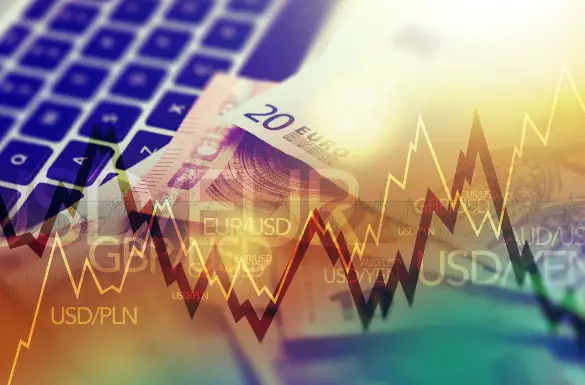
Retail traders are interested in the best strategies to invest in the foreign exchange (forex) market. One of the most effective ways to invest is through automated trading. Forex automated trading systems utilize algorithmic technology to trade foreign currencies. They implement investment strategies that move retail traders away from manual trading. These automated systems make investment decisions based on technical rules input by the trader. Through following these pre-determined investment decisions, you can maximize returns across your Forex trading accounts. The algorithms utilize this investment criteria to make trading decisions that work. Continue reading to learn about top Forex automated trading algorithm strategies.
Trend Following
First, forex automated trading uses trading strategies that follow market trends. Algorithms keep track of all forex market variables. Retail traders input technical conditions into their automated trading software. These outlined conditions specify when it is appropriate to buy and sell orders. The automated trading systems go on to buy and sell orders when these conditions are met. This allows retail traders to achieve consistency in their forex trades without having to manually monitor the market. Automated trading algorithms effectively monitor trends. This allows retail traders to invest in the forex market successfully.
Backtesting
Forex automated trading systems also allow retail traders to back test. Backtesting involves applying trading rules to historical market data. Algorithms use backtesting to determine the viability of a given investment idea. Before investors develop their automated trading system, they must clearly specify each rule. Backtesting makes this process easier. Traders test their proposed investing rules on historical data. This way, they can evaluate and refine their trading ideas without risking money. Backtesting also lets retail traders estimate the average amount they can anticipate per unit of risk. Forex automated trading algorithms offer backtesting strategies that let users test out their trading ideas.
Market Sentiment
These systems also offer investment strategies based on market sentiment. Trading algorithms analyze commercial and non-commercial positioning. They are thus able to pinpoint market tops and bottoms. These strategies often use a Commitments of Traders (COT) report to do this effectively. New approaches also monitor social media and other third party market determinants. From this information, the automated system discern currency biases. Using market sentiment, retail traders can make more well-rounded, informed decisions. Forex automated trading algorithms effectively monitor market sentiment. This allows retail traders to make their investment decisions based on the best market criteria. Be sure to consider the market sentiment before you start trading Forex.
Mean Reversion
Another strategy that forex automated trading uses is mean-reversion. Mean reversion refers to the expectation that the future price return of an asset will be in the opposite direction of the same assets return over a lookback period. In order to determine this, forex algorithms look at various popular indicators. One of these indicators is the Relative Strengh Index (RSI). This criteria measures the speed and change of price movements using a scale of 1 to 100. Automated trading systems look at past behavior to make a prediction about future asset returns. This allows retail traders to make the most informed decisions about their future investment rules. Mean reversion is another strategy effectively used in forex automated trading.
Signal Generation
Lastly, forex automated trading uses signal generation to effectively help retail traders invest. A forex signal generator is not fully automated. Still, there are algorithmic components to this system. This underlying trade algorithm generates various signals. Automated trading systems alert retail traders to these systems. When these indicators are met, traders manually execute the trades themselves. Signal generation improves manual trading with algorithmic resources. It allows retail traders to have full control of their investments without having to constantly monitor the markets themselves. Signal generation uses algorithm monitoring to provide retail traders with the best manual investment opportunities.
Forex automated trading algorithms use various strategies to help retail traders invest effectively. These systems implement trend following methods to monitor market variables. Backtesting lets users apply trading rules to historical market data to decide on the best future strategies. Systems monitor market sentiment by analyzing commercial and non-commercial positioning. Mean reversion algorithms estimate market return prices. Signal generation uses algorithmic technology to find the best manual investment opportunities. Properly deploying these algorithms helps you to avoid losing money trading Forex. Consider the points mentioned above to learn about top Forex automated trading algorithm strategies.
 Business First Family Business, Accounting, Finance, Investing, Marketing And Management
Business First Family Business, Accounting, Finance, Investing, Marketing And Management